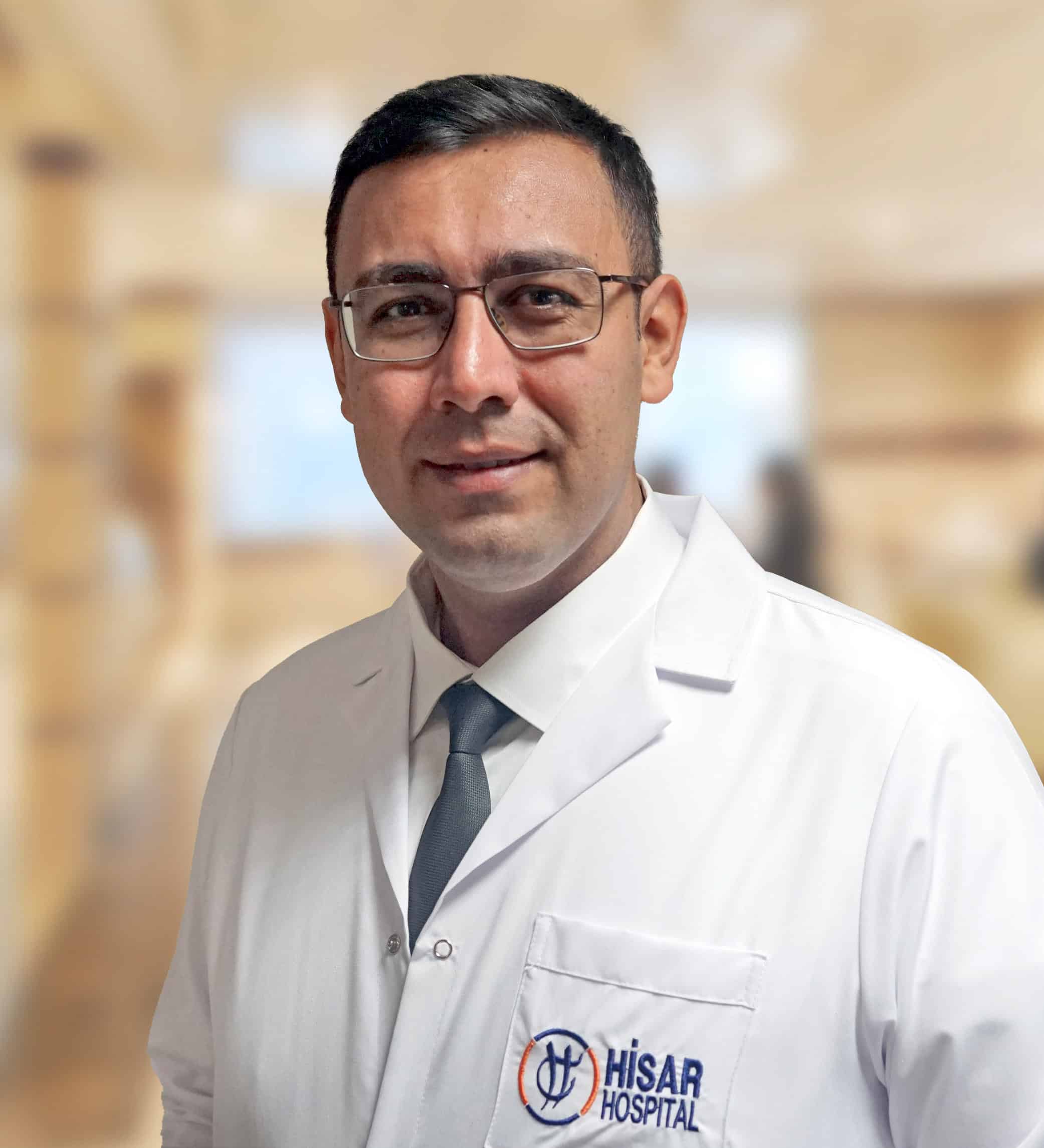Neurosurgery has been developing quickly both in our country and around the world. The last decade of the 20th century is accepted as “Brain’s Decade” in the U.S. and more sources are allocated to the research on neurologic sciences in this period. Studies are intensively conducted on gen engineering, prolonged life expectancy in human and tumor biology. Moreover, diagnostic methods also develop and the technology offers surprising services to the science. Neurosurgery gained a very lucky position in terms of both diagnostic methods and surgical instruments and materials.
Our Neurosurgery department diagnoses and treats brain tumors, cerebral hemorrhages, cerebrovascular aneurysms, spinal cord tumors, pituitary tumors, gait analysis and hernia.
CT, MRI, Angiography, CT Angiography, EEG, Sleep EEG, EMG and Doppler Ultrasound facilitate diagnosis of space occupying lesions of the nervous system and the lesions that occlude arteries/veins and lead to bleeding.
Group of diseases dealt by neurosurgery department
- Brain tumors
- Cerebral hemorrhages
- Herniated lumbar and cervical discs
- Head Traumas
- Vertebral column traumas, spinal cord tumors
- Peripheral nerve injuries and compressions
- Epilepsy with no response to medical treatment
Brain Tumors
Ten percent of human tumors originate from the nervous system tissues. Eight to nine percent of them develop in the cranium. Histological classification of the tumors that involve the nervous system and that are acknowledged by the World Health Organization is as follows:
Tumors with neuro-epithelial origin:
- Astrocytomas
- Oligodendrogliomas
- Eppendymal tumors
- Mixed gliomas
- Choroid plexus tumors
- Embryonal tumors
- Meningial tumors
- Central nervous system sheath tumors
- Tumors with vascular origin
- Germ cell tumors
- Malignant lymphoma
- Local tumors
- Metastatic tumors
- Sellar region tumors (Craniopharyngioma and pituitary tumors)
Glioblastome Multiforme that is addressed among astrocytomas is the most common and most malignant tumor. Fifteen to twenty percent of meningiomas – which are usually deemed benign tumors – are recurrent; the recurrent ones are called anaplastic meningioma. The medulla blustom that is among childhood tumors is addressed among malignant tumors. Metastatic brain tumors originate from lungs by 44%, breast by 10%, kidneys by 7% and gastrointestinal system by 6 percent. The most complaints caused by brain tumors are headache, epileptic seizures, loss of strength in arms and legs, diplopia, balance disorder, vomiting, irregular menstrual cycles and milk discharge from nipples. CT and MRI are scanned for diagnosis. The treatment is surgery. It is decided to whether the surgery is combined with radiotherapy, chemotherapy and immunotherapy or not according to the pathological diagnosis.
Cerebral Hemorrhages
The clinical picture usually consists of headache, vomiting and altered mental status. After the diagnosis is made with a CT scan, cerebral angiography is performed and the treatment is planned. The first-line treatment is surgery in a patient with aneurysm. If there is a contraindication for surgery or it is not possible to reach the aneurysm surgically or if it is inoperably large, an endovascular procedure is planned. Aneurysms are managed early as long as possible in order to prevent a second bleeding episode and vasospasm. Treatment of arteriovenous malformations includes surgery, radiation and endovascular procedures.
Lumbar and Cervical Herniated Discs
The clinical picture occurs when the nucleus pulposus located between two sequential vertebrae bulges posteriorly and laterally. Herniated cervical disc is manifested by pain, numbness and weakness in the neck, back, shoulders and arms, while herniated lumbar disc causes low back pain, leg pain, numbness and atrophy of muscles in legs and weakness. Resting, muscle relaxant and painkillers are prescribed in acute cases. If the complaints persist, MRI is scanned and the final diagnosis is made; first, physical therapy is started and a surgical procedure is performed, if necessary.
Head Traumas
Neurologic condition and CT findings are reviewed in head trauma patients; the clinical picture is called commotion, contusion, contrcoup and diffuse axonal injury. Post-traumatic intracranial hematomas are acute subdural hematoma, intracerebral hematoma, epidural hematoma and subarachnoid hemorrhage. The optimal approach includes necessary respiratory support with intubation and tracheostomy and sufficient monitoring for all head traumas in medical centers.
Spinal Traumas
Vertebra fractures and injuries should be taken seriously, as the spinal cord is located inside the vertebral column. Conservative treatment is stabilization with corset depending on clinical findings. Decompression is ensured and stabilization surgery is performed, if required. Rehabilitation should be started immediately after the surgery to manage the neurologic findings. Peripheral nerve injuries are treated with interfascicular anastomosis and nerve graft, if necessary.
Epilepsy
The patients who have epilepsy refractory to medication treatment are selected who are eligible for surgery; the surgery is performed following preliminary investigations and necessary preparations. Failure of medical treatment arises out of failures in genetic diagnosis and drug selection as well as the problems related with the patient and his/her social circle. When patients are prepared for the surgery, collaborative efforts of neurologist, neurophysiologist, psychiatrist, radiologist and neurosurgeon are crucial regarding the surgical outcomes. Following EEG, long-term video EEG and MRI scans, patients are surgically treated, if the psychiatric condition also allows. However, severe chronic psychoses and mental retardations are contraindications for surgery.
Most commonly performed surgical techniques;
- Removal of the formation that leads to the epilepsy; lesionectomy
- Amygdalo-hippocamgectomy
The condition is diagnosed through a comprehensive neurologic examination and most developed investigation methods and the patients are operated on with microsurgical and most contemporary techniques; postoperative care is given in the intensive care unit, if necessary, and they are discharged as soon as possible in order to enable them return to routine daily life more quickly.

